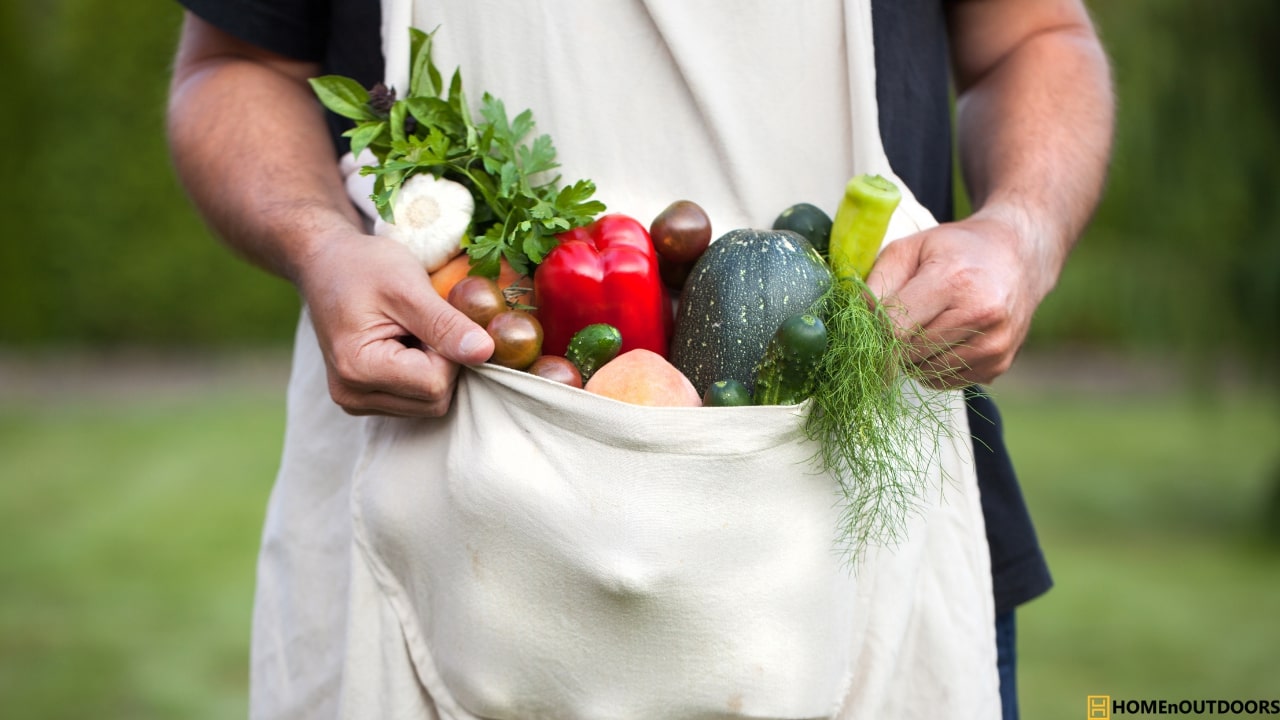How to Start a Vegetable Garden – Step By Step Tips 2024
Are you planning to start a vegetable garden? Do you have what it takes to start the garden? These are some of the questions that pop up when you have decided to start a vegetable garden.
A vegetable garden is an investment just like any other business. You need to have a plan and the required tools and land to engage in vegetable gardening. The information available on how to start a vegetable garden may be overwhelming.
However, in this article, I am going to take you through a step by step procedure to help you start a vegetable garden with ease.
Starting a vegetable garden requires that you provide the plants with a balance of water, air, and sun. You also need to take your time in following the laid out procedures.
The area you need to plant your garden should also be placed into consideration. The garden layout should also be established before undertaking any gardening activity. Here is how you can start a vegetable garden at home.
Step By Step Tips in 2024
Choose a spot for your garden
For you to be successful in starting a good vegetable garden. You need to select the right area to have your garden. This maybe your backyard, front yard, or a piece of land that is near your home.
Once you have chosen a good spot. You should ensure the soil in that region can support the growth of your garden. It should also be an area where the necessary conditions required for the growth of your plants can be provided.
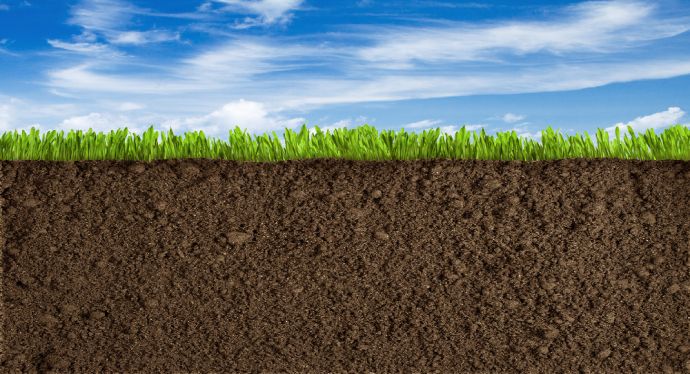
This means that the place receives enough sunlight, water run-off is not common and the soil can support the growth of plants.
A nearby source of water should be conveniently located near the garden and tools required for gardening can be accessed easily.
It has been identified that vegetables thrive well in a garden where all stable conditions are provided for the growth of the veggies.
Selection of the right type of bed
Before you select the type of bed you want to place in your garden. You need to till the land first if it is a new ground covered with grass.
You can use a flat spade or rototiller to dig and turn the soil in preparation for a garden. Once the garden is prepared you can undertake soil testing to ensure the soil has the needed nutrients to allow the vegetable to be planted. This can be done in the soil certified laboratory or manually.
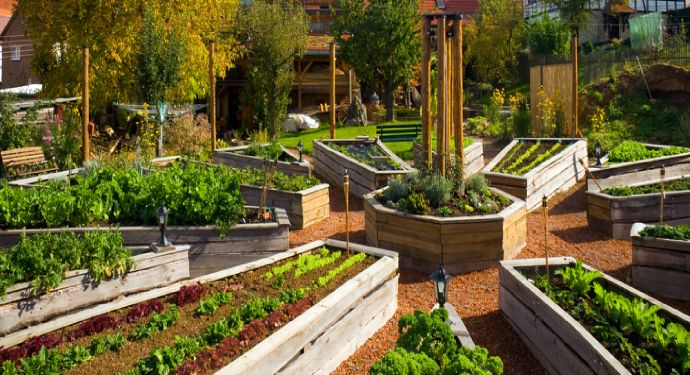
A manual check involves three steps. You need to dig out and soak the soil. The next step involves squeezing the soil hard in your hand. If it doesn’t form a ball, then the soil is too sandy. You need to add organic matter to improve the soil.
When the results from the lab have been availed and the manual test requires the addition of compost. You can improve the soil by adding these products:
Applying fertilizer that has the nutrients lacking in the soil to improve and enrich the soil for your vegetables.
Home produced compost from kitchen waste and fresh manure from some domestic animals and their beddings
Commercial soil improvers can be bought from a garden shop.
Utility produced compost that is often available from local authorities as kitchen and garden waste bin collection
When you have placed any of these products in the soil. Use the fork to mix the soil with the fertilizer or organic compost. The beds to construct are available in three forms which include:
Pots - When the space available is small, you can place the soil in pots which can range from small, medium, and large pots. Various vegetables can grow in these pots. Some of the veggies are garlic, spinach, lettuce, and peppers. The pot allows you to move the plants to get the best sun. It can also be set-up in buildings.
Square footbeds - Square footbeds are very common since they offer a simple way to set-up a garden. The materials used are inexpensive, it drains better, useful to those with less ideal soil and the weed barrier prevents grass from getting to your garden. You also don’t need to till the land hence the soil doesn’t become compact from steeping on it. The raised footbed consists of 30% compost, 60% topsoil, and 10% soilless growing mix containing perlite and peat moss.
Planting directly - Planting directly on the garden has been used for centuries. It requires that you till the land, add fertilizer or compost manure and plant your veggies. You can create rows to maximize the number of plants in your garden.
You can select any of these beds for your garden based on your needs, garden space, and veggies you want to plant.
Creating the square foot bed requires that you select an ideal depth of 12 and 24 inches, the construction can use wood or stones, the beds should not be wider than 4 feet and you can leave an 18-inch path for the wheelbarrow.
If building the beds seems to be a hard task. You can purchase rising beds that are already made online or physical garden stores. You can also combine the three types of beds if you have a large garden.
Choosing the seedlings or seeds
The garden is now ready for planting or even placing transplants. The seeds you select are based on the types of vegetables you need to grow in your garden and the type of bed you have placed.
The vegetable seeds can be peas, beans, and carrots which are easily sown in the garden. Other seeds include lettuce, radishes, cucumber, tomato, and beets.
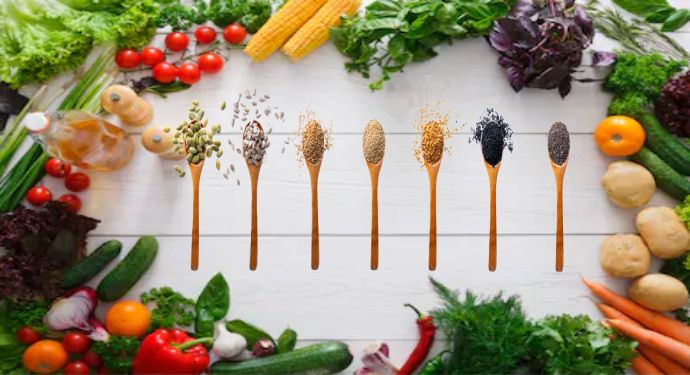
Planting the seeds or transplants require that you have the right gear. This includes gloves and gardening kneeling pad lowes, especially for transplants. You can also purchase seedlings from nurseries or garden centers. The transplant methods work best with kale. Spinach, broccoli, and celery.
Transplants will mature faster and provide you with an earlier harvest compared to plants sown from seeds. This is because they are strong and resist pests while growing.
When purchasing any seeds from your local garden shop, you need to check on the packet description on the seed packet. Some seeds can only be planted in containers or pots and others in a small or large garden.
Some have better disease resistance, cold or heat tolerance, and improved yields. You can ask advice from expert gardeners on the right variety of seeds to purchase for any plant you want to grow.
Experimenting with various varieties can also give you a clue on which seeds you will purchase to grow in your garden.
A germination test can help you determine whether the seeds for any plant are suitable for planting. The speed of germination may vary depending on the plant.
In most cases, seeds usually absorb moisture after two days and produce the root and leaf after four days. By determining the level of germination in association with the seed vigor.
One can get a good estimate of the potential field performance. Germination rate allows the gardener to adjust the planting rates of various vegetables to attain the desired growth and population of the plants in the garden.
Watering your plants
The veggies you have planted need to get enough water for them to flourish. The schedule for watering is dependent on rainfall, the sun, and where you have planted the seeds or transplants.
The plants placed on containers or pots need to be watered frequently since the roots are not deeply-rooted. On average most plants require 2-5cm or 1-2 inches of water in a week.

That is why you need to water plants every week. When enough water is provided to the plants the roots will reach down making them self-reliant.
When you have a large garden, the hose or watering can not be enough to ensure all the plants have the recommended water. That is why you need a garden hose splitter or high flow garden hose splitter to reach every plant.
The best time to water the vegetables is early morning hours. At this time most plants are at their maximum growth and roots will penetrate deeply in the soil. During the day, a lot of evaporation occurs, this is why it is not advisable to water during this time.
Watering in the evening can also lead to rust, mildew, and other diseases since water sit on the leaves and roots.
Keeping weeds and pests out
In every garden pets and weeds are bound to pop out as your plants are growing. The pests and weeds may destroy and choke out the plants.
That is why you need to undertake some weeding activities and apply organic pesticides. You also need to erect a fence for large pests like birds, squirrels, and snakes.
You can remove weeds by hand or using a garden hoe. This depends on the level of your plants as they are flourishing. You must have a good timeframe to weed so that you may not end up weeding frequently.
You can also undertake to mulch to stop any weeds from popping up. Mulching improves your soils while stopping weeds at the same time.
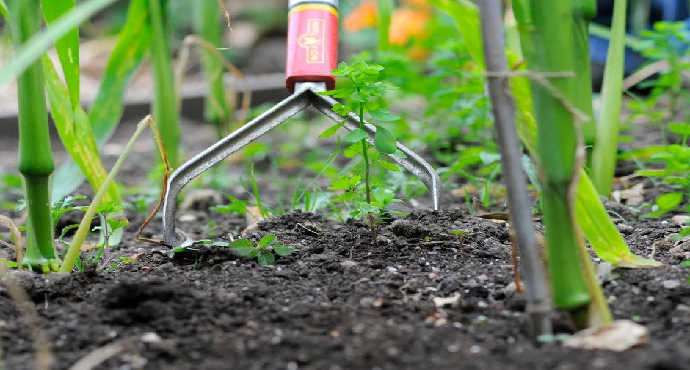



For the insects that attack and destroy your plants. It is recommended that you use natural and organic methods. Various products are available in various stores to kill the aphids and worms.
If you intend to use pesticides, you should use the garden sprayers and follow through the manufacturer's description. Tulle netting and placing strong fences that are high and placed deeply in soil work best in deterring birds, rabbits, and squirrels from getting to your garden.
While eradicating weeds you need to keep some things in mind. The weeding process is much easier when undertaken after rain and you should never allow weeds to start producing seeds.
The pathways to your garden should also be from weeds. You can place pea gravel, a layer of cardboard, or other materials on these pathways.
Improving the yield/ harvest
Getting the best harvest from your garden is essential. You need the garden to offer you vegetables throughout the year without purchasing from the local grocery stores. For most garden plants, picking them regularly means the harvest will keep coming.




Tomatoes, beans, zucchini, and plants will keep producing once you pick the ripe fruits or leaves. You can harvest the vegetable multiples times in a year. For you to improve the harvest made in the following year, you need to institute some measures to get even more harvest.
The measures relate to common practices in the growth process of your plants. You can apply fertilizers and organic manure to the soil to increase the yields of your plants. When the soils are healthy you will end up with healthy plants.
The other items can involve purchasing seeds that are disease resistant and tolerant to various weather conditions. Crop rotation ensures that nutrients are not depleted by plants.
Controlling pests and diseases is also made easier by crop rotation. Fighting fungal diseases will also improve the harvest. When a plant has been affected by a particular disease, you need to pull it and throw it away.
Don't add it to a compost heap, the soil should also be watered to prevent the likelihood of a fungal disease.
Keeping a record
Recordkeeping is important for every gardener. It doesn't matter whether you are a beginner or a novice gardener. A record helps you determine the failures and successes that you have made.
With an application, web tool, or software you can keep track of when pests attacked, diseases came up, frost, and when your plants flourished.
The record helps you make changes to the planting time, institute measures to eradicate diseases and pests in time, and even undertake a good crop rotation plan.
From the record, you can determine which plants thrived better and those that didn't during a particular year.
Frequently Asked Questions
Q: What should I plant in my garden?
A: As a beginner, it becomes difficult to know which veggies you are going to plant in your garden. The experienced gardeners have resources that provide information on what to plant in their gardens.
This means they can offer information on which vegetables you are going to plant in the already prepared gardens. You should approach them to ask for advice on what to plant.
You can also find out which plants do better in your local area so that you may not plant veggies that will not sprout resulting in a loss.
Q: When should I plant my veggies?
A: There is no definite time that you are supposed to plant your veggies. You need to plan well by looking at the type of vegetables you are going to plant and the seasons.
There are plants with a shorter maturity and those that hold out throughout the season. The plants with shorter maturity should be planted before winter arrives.
You can also get a planting guide from your local garden center. You should stick to that guide for you to be successful in your garden. There are tools available to help you plan on the planting dates for your plants.
Q: How much water does the vegetable garden require?
A: The amount of water required by your garden is dependent on the stage of growth, soil type, availability of sun, and whether it's raining or not. However, you should ensure that you water thoroughly and deeply.
This allows the roots to seek moisture deeply in the soil and hence the plants become strong and healthy. By undertaking shallow watering the roots will be going up instead of down leaving the plants to be weak and it can’t withstand wind.
To prevent overwatering you should stick your finger in the soil. If it feels damp that means it’s okay but it feels soggy don’t add any more water.
Q: Should grass clippings be placed in the garden?
A: Grass clippings should not be placed in the garden when they are fresh. This is because they may result in creating a water repellent mat such that water doesn't reach your plants as expected.
The grass clippings may have seeds of various weeds in them posing a problem to your plants when the seeds germinate.
Some grass may be invasive which implies they take over the garden at an increasing rate. You must make sure the grass clippings are composted to add value to the soil.
Q: Does creating a vegetable garden result in savings on the cost of groceries?
A: Starting a vegetable garden will create savings on the cost incurred in purchasing the veggies. This is because most vegetables can be harvested throughout the year.
You also get veggies that are rich in vitamins since organic farming has been involved. However, there are some instances where starting a vegetable garden can end up being costly.
This occurs where the beds formed require expensive materials and the cost of seeds of some plants are high. You should always ensure you have started a garden that is on a budget.
Final Verdict
Starting a vegetable garden requires that you plan well and utilize the available resources. Most gardens thrive because the soil is rich in nutrients, the garden has been watered thoroughly and weeds or pests have been kept at bay.
You should seek advice from experienced gardens who have experienced various failures and successful harvest of veggies.
Such individuals will get you started and make vegetable gardening an easy process. You can also use the various tools and information from your local garden center to help you keep track of your progress and improve productivity in your garden.

